
How much does UL982 certification for a juicer cost?
UL982 certification is a safety standard specifically for electric household food preparation machines. It applies to home-use electric food processors and kitchen appliances such as knife sharpeners and can openers. These devices are typically designed for short-term use, with cumulative annual usage of less than 100 hours. The latest version of the UL982 standard is the 8th edition, released on September 27, 2019. UL982 covers a range of products including but not limited to blenders, food processors, juicers, and hand-held mixers, ensuring they meet safety standards in terms of electrical safety, mechanical strength, and material performance.
Key Requirements of UL982 Certification
Some key requirements include but are not limited to:
1. For blenders using capacitive touch screens, if there is no reliable interlock device, measures must be taken to prevent accidental motor startup, such as flashing indicators, recessed or protected touch screens, or requiring two independent actions to start the device.
2. If a blender contains glass or fragile materials as part of the housing, it must pass a steel ball impact test and still pass the overflow test after impact.
3. For products with button lithium batteries, the design of the battery compartment must comply with specific safety standards.
4. For blenders with vented lids, the vented lid must remain in place when blending hot liquids, and there should be no hot liquid splashing during operation.
5. If a food processor has an inlet but no outlet, the rated capacity for food should be marked on the inlet, and corresponding warnings should be provided in the user manual.
UL982 Certification Testing Items for Juicers
1. Electrical Safety Tests
- Insulation resistance test: Checks if the device’s electrical insulation is sufficient to prevent electric leakage.
- Dielectric strength test: Tests the electrical insulation strength of the juicer under high voltage to ensure it can withstand temporary overvoltage in the power grid.
- Ground resistance test: Tests whether the grounding system has sufficiently low resistance to ensure current can effectively flow to the ground in the event of a fault, preventing electric shock risks.
- Leakage current test: Measures the leakage current of the device during normal operation and under fault conditions to ensure it is within safe limits.
2. Mechanical Safety Tests
- Mechanical strength test: Tests the structural strength of the juicer to ensure it won’t break or pose a danger during normal use or minor misuse.
- Sharp blade or component safety test: Tests the potential harm of blades or grinding components to users, ensuring the design provides sufficient protection.
- Abnormal usage test: Simulates abnormal usage scenarios to test the safety performance of the device under overload or misuse conditions.
- Drop test: Drops the juicer from a certain height to check if it can maintain its structure and function after the fall.
3. Temperature Rise Test
- Tests the temperature rise of the device during continuous operation to ensure the surface temperature of the juicer doesn’t become too hot, causing burns, or damage internal electrical components due to overheating.
4. Lock and Interlock System Test
- If the juicer is designed with a safety lock or interlock system, it ensures that the device cannot be started without properly assembling the components, preventing accidental contact with blades or rotating parts.
5. Fire Resistance Test
- Tests the fire resistance of internal electrical components in the juicer to ensure the device doesn’t pose a fire hazard after prolonged use or failure.
6. Durability Test
- Simulates long-term use of the juicer, testing its safety and reliability after repeated use.
7. Moisture and Waterproof Test
- Tests the water resistance of the juicer’s electrical components, ensuring that it won’t short circuit or cause electric leakage when exposed to moisture.
8. Stability Test
- Tests the stability of the juicer, ensuring it doesn’t tip over due to vibrations or imbalance during operation, reducing the risk of accidents.
9. Material Test
- Tests the materials used in the juicer to ensure that the plastics, metals, and other materials won’t release harmful substances under high temperatures or chemical reactions, and that they meet food-grade material requirements.
These tests are designed to ensure the safety of the juicer, preventing risks such as electric shock, mechanical injury, overheating, or fire.
UL982 Certification Process
To obtain UL982 certification, manufacturers must go through the following process:
1. Application: Submit an application to the certification body.
2. Provide documentation: Provide detailed product information, including design drawings, material lists, circuit diagrams, etc.
3. Send samples: Send samples to designated laboratories as required.
4. Testing: The Chinese JJR Laboratory conducts a series of tests on the samples according to the UL982 standard.
5. Report or certification: Upon completion of testing, the laboratory issues a test report or certification.
6. Factory inspection: The production facility undergoes an audit to ensure ongoing production consistency.
7. Ongoing supervision: After certification, the factory is subject to regular inspections and product sampling.
Significance of UL982 Certification
For manufacturers, obtaining UL982 certification means that their products meet internationally recognized safety standards, enhancing consumer confidence and helping to expand into international markets, particularly in the U.S. For online retailers like Amazon, UL982 certification is an important measure to ensure the safety of electric products, effectively preventing safety accidents due to product quality issues."
Email:hello@jjrlab.com
Write your message here and send it to us
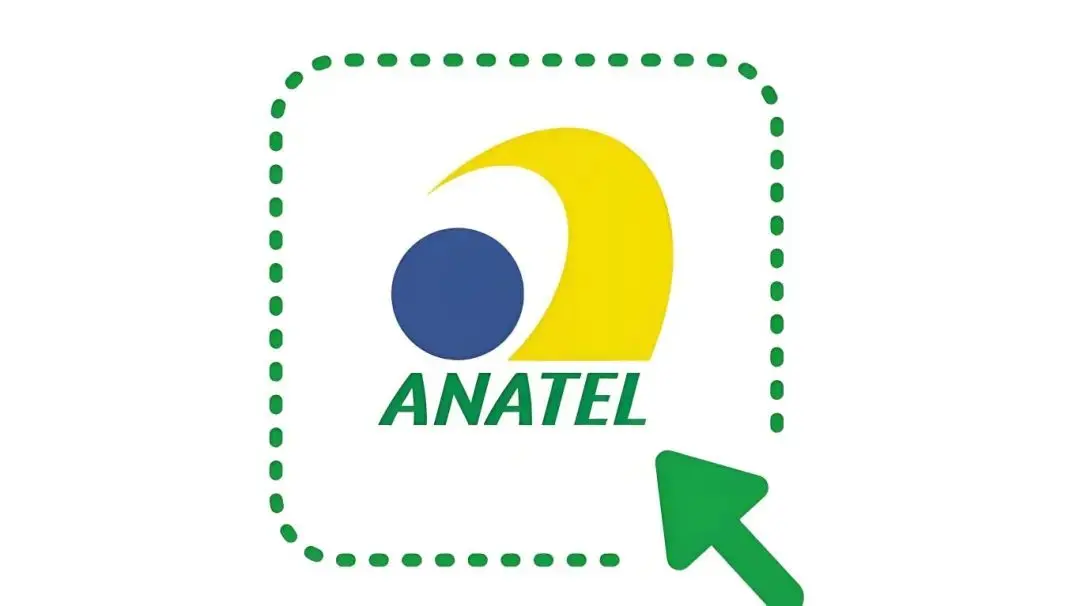 ANATEL Certification Process in Brazil
ANATEL Certification Process in Brazil
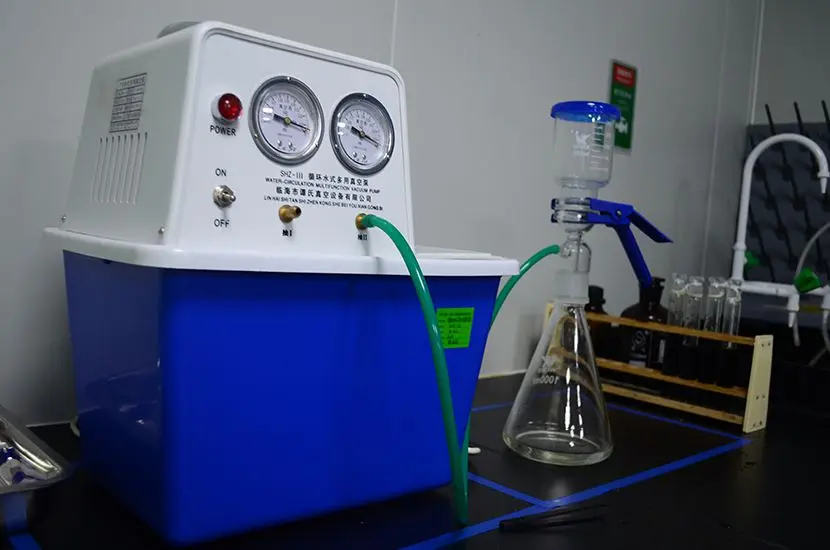 Faucet European Standard EN 817 Testing
Faucet European Standard EN 817 Testing
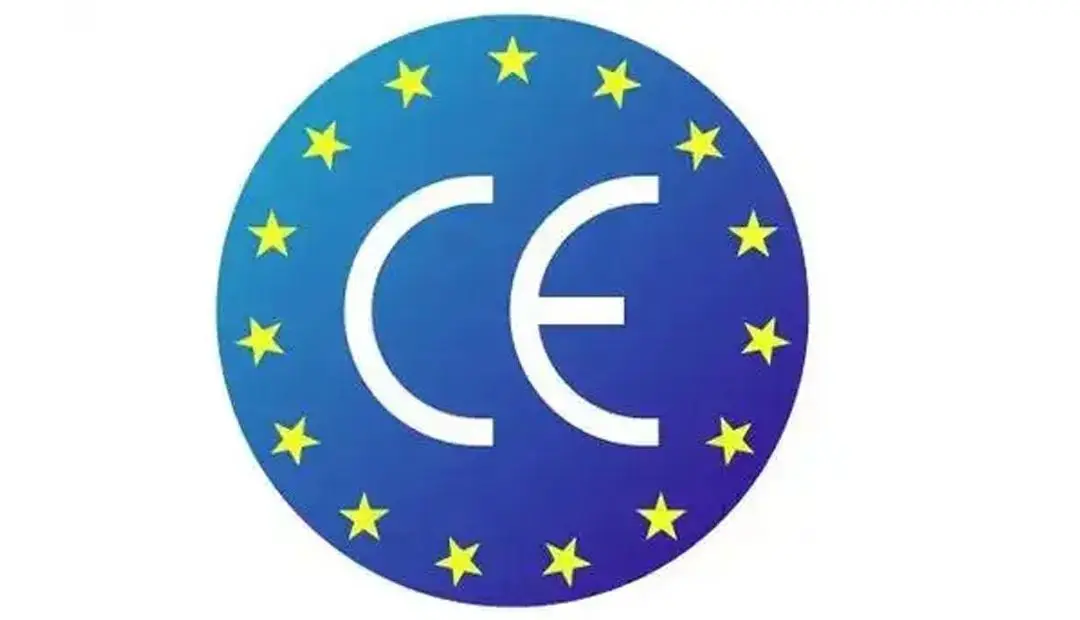 ISO 17025 Laboratory Test Report
ISO 17025 Laboratory Test Report
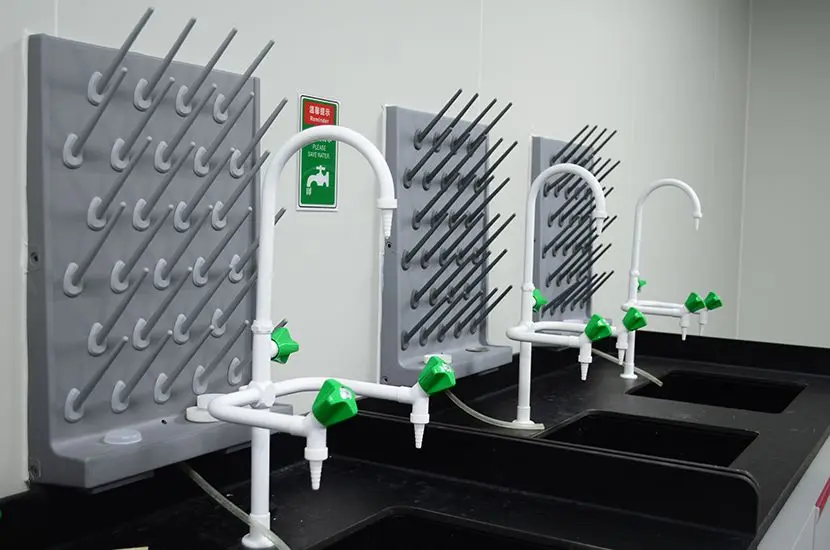 Temu Requires UN 38.3 Certification
Temu Requires UN 38.3 Certification
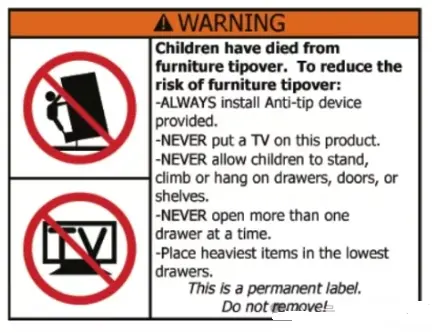 What is the Amazon ASTM F2057 Test Report?
What is the Amazon ASTM F2057 Test Report?
 How to get the Amazon SOR/2016-175 Test Report?
How to get the Amazon SOR/2016-175 Test Report?
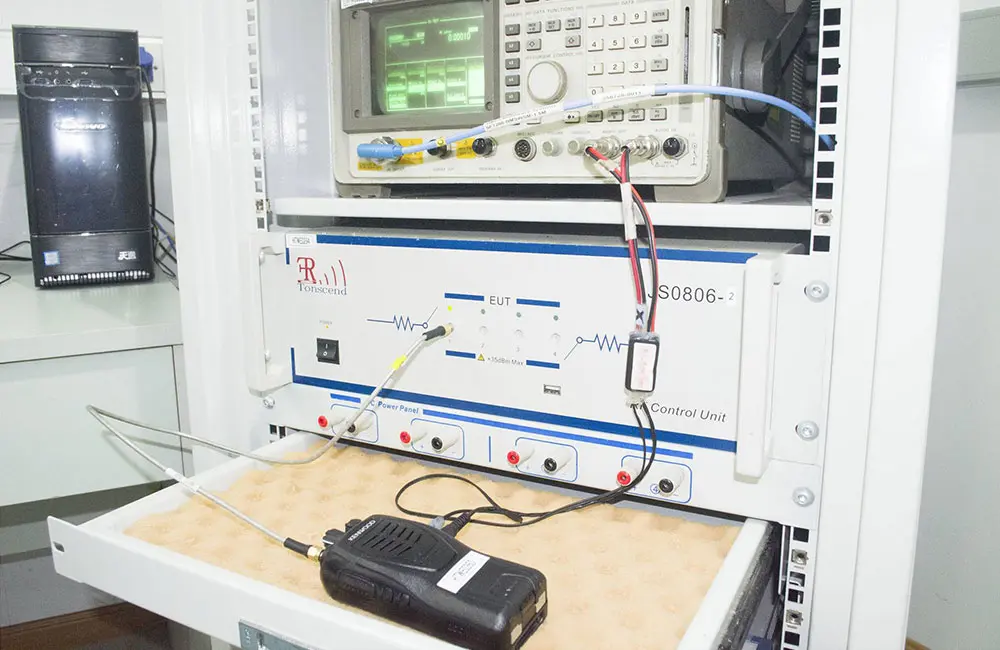 Amazon Electronic Product UL Test Report
Amazon Electronic Product UL Test Report
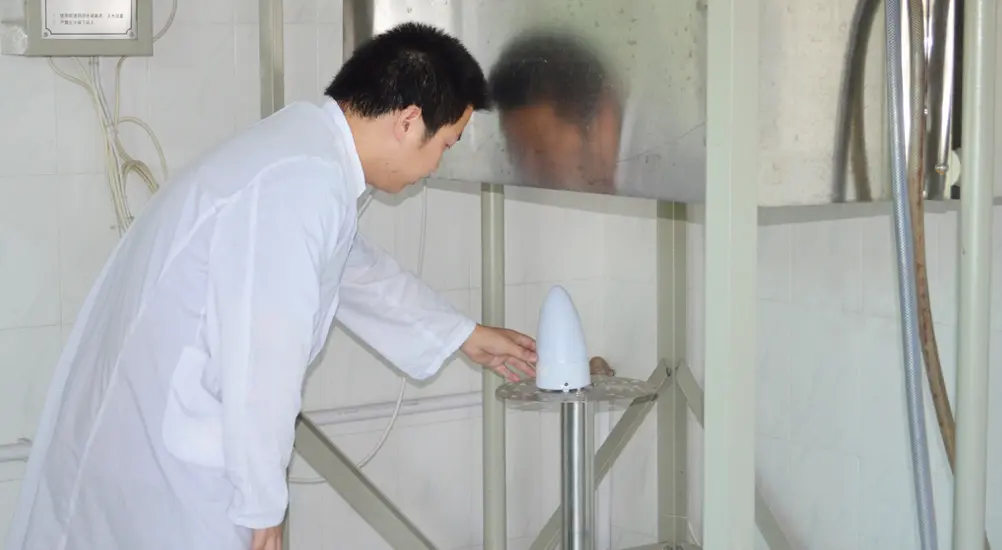 What is the 4.3 Toxicology Test in ASTM F963?
What is the 4.3 Toxicology Test in ASTM F963?
Leave us a message
24-hour online customer service at any time to respond, so that you worry!




